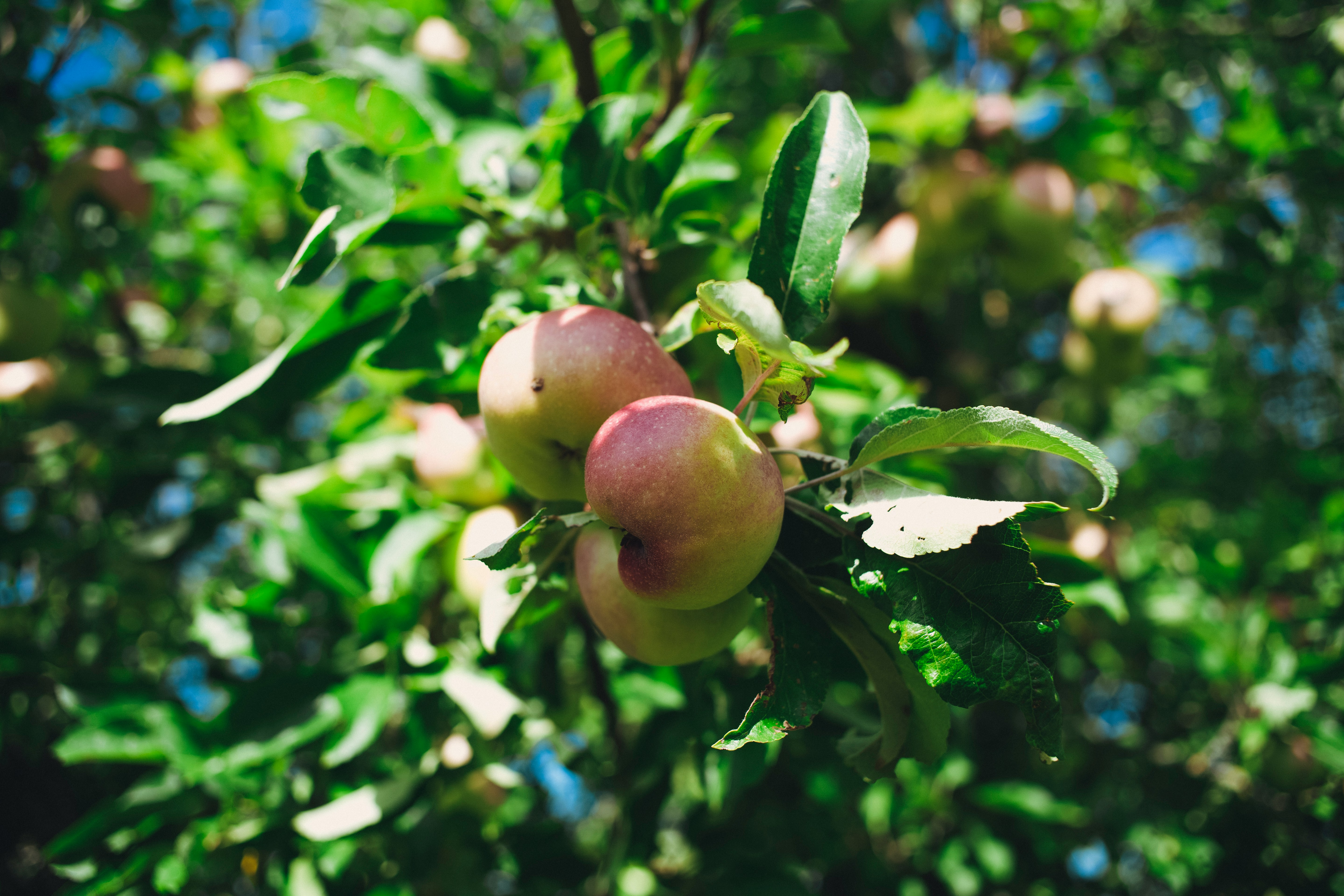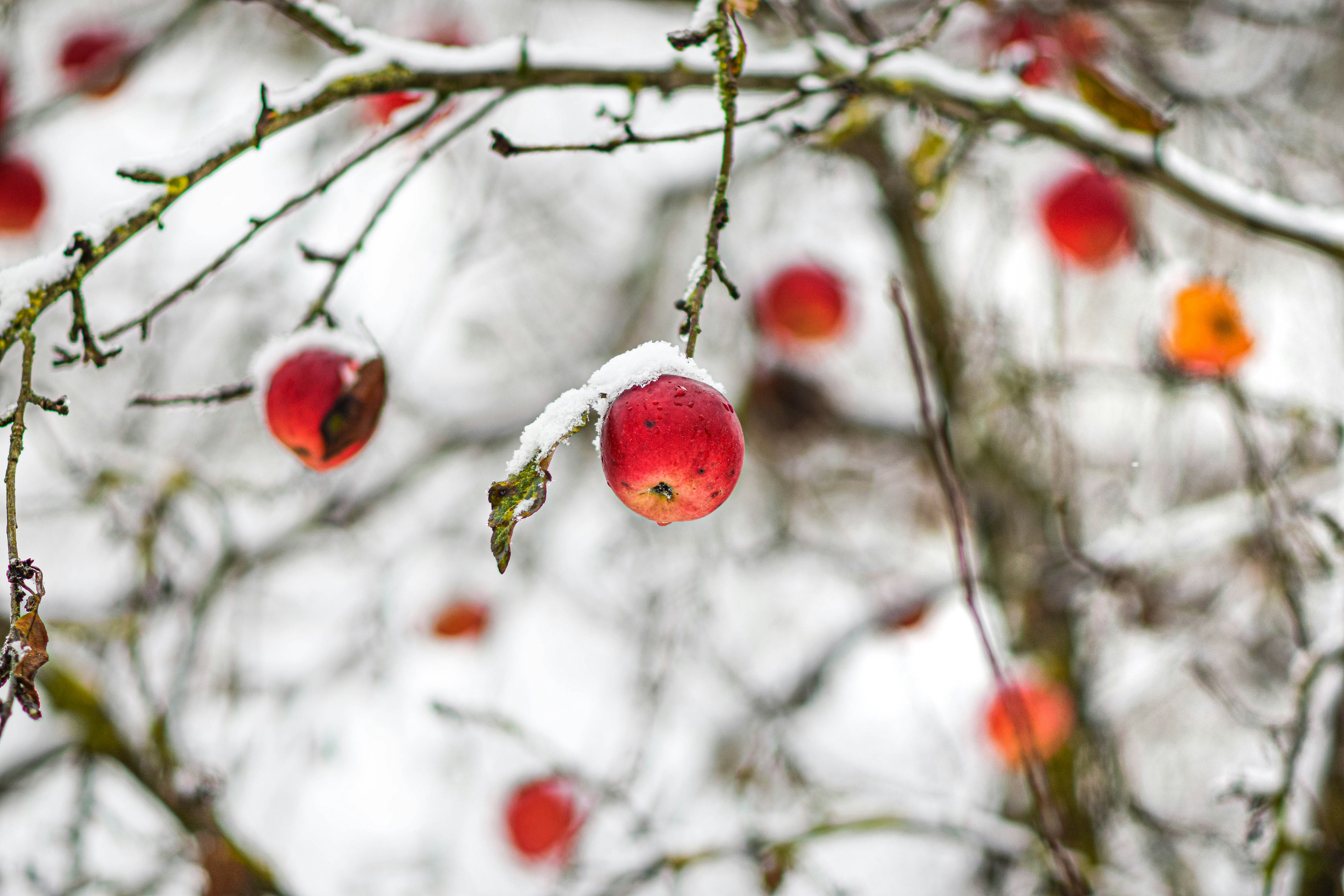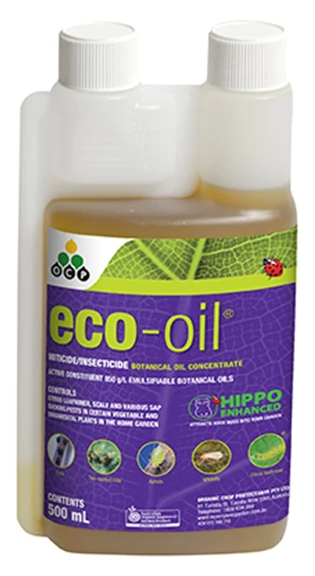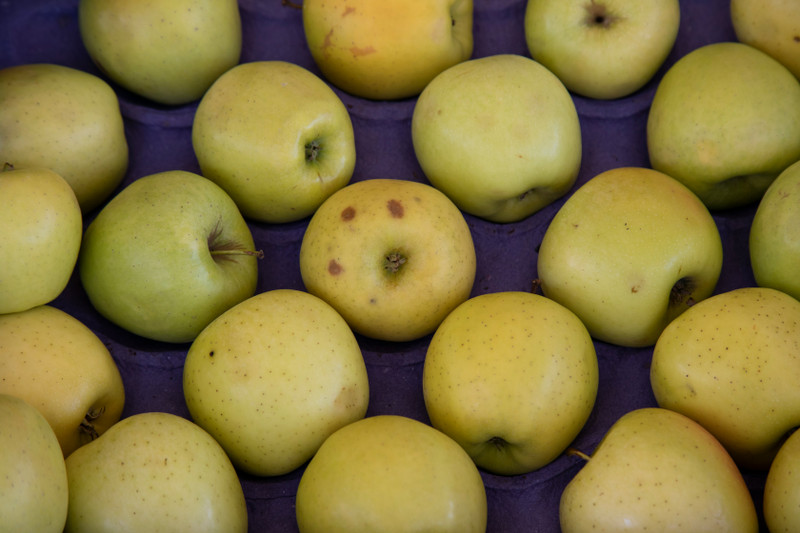Codling moth (Cydia pomonella) is a serious pest for anyone growing apples, pears, nashi pears, quinces, and occasionally walnuts and stone fruits. The larvae burrow into the fruit, leaving it damaged and inedible. Managing codling moths can be challenging, but by adopting organic control methods, you can protect your crops without relying on harsh chemicals. While organic methods are preferred, sometimes a combination of strategies, including chemical solutions as a last resort, may be necessary. Here’s a comprehensive guide to managing codling moths using a mix of natural, physical, biological, and chemical strategies.
Understanding the Codling Moth Lifecycle
Codling moths lay tiny eggs on the leaves and fruit of trees, typically around dusk when temperatures are 15°C or higher. Once hatched, larvae feed on the fruit, burrowing into the core where they stay for 3-5 weeks. After feeding, larvae leave the fruit and crawl down the trunk or branches to spin cocoons, often under loose bark or in the ground, where they pupate. In cooler weather, larvae may stay in thick cocoons for months, and in Australia, there can be 2-3 generations of codling moth per season.

Organic Control Strategies
Organic pest control methods require vigilance and consistency but are essential for maintaining a healthy and balanced garden ecosystem. Often, combining multiple organic methods will yield the best results.
Inspecting and Destroying Infested Fruit
Check your fruit trees every 10 days for signs of infestation, such as small holes in the fruit. Remove and destroy any damaged fruit to prevent larvae from spreading. Do not compost the fruit. Instead, burn it, feed it to animals, or leave it in a sealed black plastic bag under the sun to kill the larvae.

Poultry Under the Trees
Free-ranging poultry like chickens can help by eating fallen fruit and larvae. This reduces the pest population. However, avoid introducing poultry into young orchards as they may damage exposed tree roots.
Removing Debris and Hiding Places
Clear away loose bark, litter, and broken branches from the tree's crotch to reduce hiding places for larvae. Inspect old boxes, ladders, or tree props for cocoons, and remove these from the orchard.

Biological Controls
Trichogramma Wasps
Trichogramma wasps are tiny, beneficial insects that parasitize codling moth eggs, preventing the larvae from hatching. They feed on insect eggs, nectar, and pollen, making them an excellent natural enemy for codling moths. To attract and keep these wasps in your garden, plant insectary plants like clover, buckwheat, alyssum, coriander, dill, and cosmos. These plants provide nectar and pollen, supporting the wasps’ population and ensuring they remain in your orchard.
Other Natural Predators
Predatory insects like ladybirds and lacewings prey on codling moth larvae and eggs. Birds and small bats that feed on insects at night are also effective at reducing moth populations.
Physical and Cultural Controls
Corrugated Cardboard Collars
Place corrugated cardboard bands around the trunks and limbs of trees to trap larvae as they search for a place to pupate. Inspect and destroy any cocooned larvae every few weeks. Apply horticultural glue below the cardboard to prevent female moths from climbing up the tree to lay eggs, forcing larvae into the cardboard traps.
Mulching and Ground Management
Keep the soil under your trees well-mulched, but avoid placing mulch directly against the trunk. Mulch encourages predatory insects like spiders and ground beetles that feed on codling moth larvae.
Codling moth pheramone traps
are an effective non-toxic method for monitoring and controlling codling moth populations. These traps release synthetic pheromones that mimic the scent produced by female moths, attracting male moths and disrupting the mating cycle. By capturing male moths, you can reduce the likelihood of eggs being laid and track the timing of moth activity in your garden
Bagging Fruit
Bagging fruit is an effective control method for home gardeners with small orchards. Use nylon 'sockettes' or mesh sleeves to cover the fruit 4-6 weeks after flowering. This excludes pests and prevents damage from moths, birds, and possums.
Bait Traps
Place open jars of fermenting apple juice, diluted port, or molasses in trees to attract and trap moths. Add a layer of vegetable oil to prevent moths from escaping. Replace the bait every two weeks for optimal results.
Hippo Eco-Oil
An organic insecticide that offers a dual benefit for controlling pests like codling moth while also attracting beneficial predators to your garden. It is particularly effective when applied to flaking bark and crevices, which are common hiding spots where codling moths lay their eggs.
By smothering the larvae and preventing them from developing, Hippo Eco-Oil helps reduce codling moth populations without harming beneficial insects. Its natural formulation also promotes a balanced garden ecosystem, drawing in predators such as ladybirds and lacewings, which further help to manage pest numbers.
Incorporating Hippo Eco-Oil into your pest control routine is a great way to treat your trees’ bark and crevices organically while maintaining an environment friendly to beneficial insects. This makes it an ideal choice for gardeners looking for sustainable and non-toxic pest management solutions.

When Organic Methods Alone Aren't Enough
While organic methods should always be your first line of defense, in some cases, they may not fully control a codling moth infestation, especially if pest populations are already well-established. In such cases, a combination of strategies may be required, with chemical solutions reserved as a last resort.
Success Insecticide (Spinetoram)
If organic methods aren't sufficient, Success Ultra Insecticide, containing spinetoram, is a new generation solution. Spinetoram is derived from beneficial soil bacteria and provides effective control of pests like codling moth, caterpillars, thrips, and pear & cherry slug. Success Ultra has translaminar action, meaning it moves from the upper to the lower leaf surfaces, ensuring thorough coverage and making it rainfast.
When using Success Ultra:
- Apply at petal fall to target young caterpillars before they enter the fruit.
- Spray late in the evening to avoid harming pollinators like bees.
- Multiple Applications: Success Ultra may need to be applied more than once throughout the growing season, especially if you are dealing with multiple generations of codling moth. Start spraying 17-21 days after petal fall and reapply based on moth activity, monitored through pheromone traps or visible pest pressure. This will help control young larvae before they enter the fruit.
This approach helps control multiple generations of codling moth throughout the growing season.
Avoiding Pyrethrum Insecticide
While pyrethrum is an option to control adult moths and young caterpillars, it comes with significant drawbacks. Pyrethrum is harmful to beneficial insects, including pollinators and natural predators of pests. Additionally, its effectiveness can be short-lived, requiring frequent reapplications that may harm the overall ecosystem in your garden. Due to its harmful properties and potential disruption to beneficial insect populations.

Combining Methods for Best Results
To effectively manage codling moth, an integrated approach is often the most successful. Start with non-chemical methods like cardboard collars, barrier glue, and Eco-Oil. Combine these methods with biological controls such as Trichogramma wasps or other natural predators. Regularly inspect your trees and use pheromone traps to monitor codling moth activity. If necessary, carefully incorporate chemical sprays like Success Ultra, using them as a last resort.
Maintaining a Healthy Orchard
Keep trees pruned and at a manageable size for easy inspection and spray coverage. Opt for dwarf or semi-dwarf varieties in new orchards to simplify maintenance and control. Thin the fruit to encourage air circulation and reduce pest hiding spots. Choose early-maturing apple varieties to avoid dealing with a third generation of codling moths. By combining these organic strategies and maintaining consistent vigilance, you can protect your fruit from codling moth damage while promoting a healthy and balanced ecosystem in your orchard.

